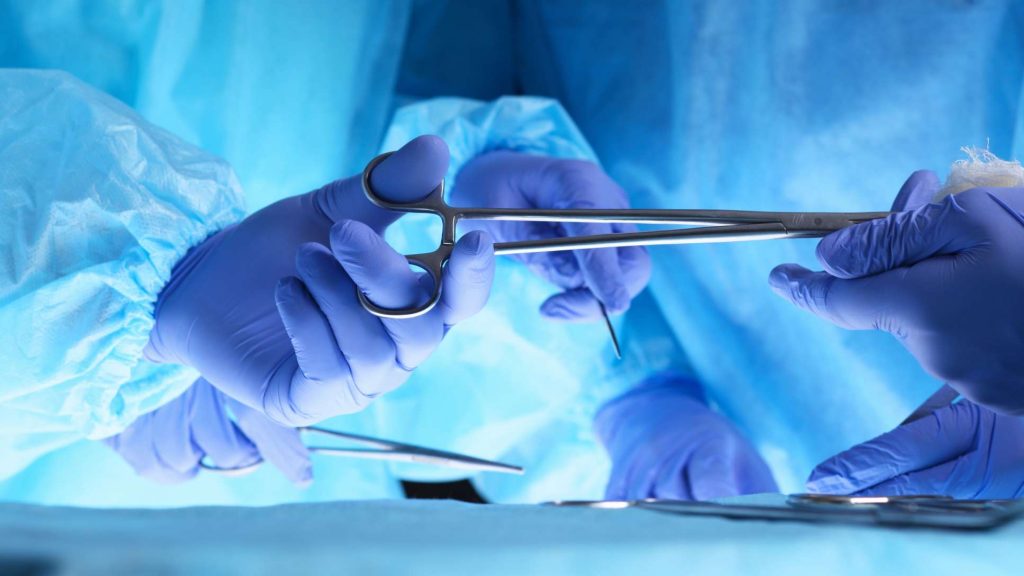Incisional hernia treatment with laparoscopic surgery: Procedure & benefits
An incisional hernia is a form of hernia in which abdominal tissue or organs protrude through a point in the abdominal wall where an incision is made due to previous surgery in the abdominal area. As the muscles of the abdominal wall weaken due to their excision and subsequent suturing, combined with the application of intra-abdominal pressure, this particular form of hernia develops in the affected area. For a postoperative hernia treatment is achieved by laparoscopic surgery, which is the appropriate surgical method in the majority of cases.
The appearance of this particular form of hernia is related to infection or incomplete suturing of the incision, increased intra-abdominal pressure due to obesity, increased body weight, lifting heavy objects and pregnancy. Additional factors contribute to the occurrence of incisional hernia such as smoking, malnutrition, jaundice, steroid use, and premature physical activity before the wound is fully healed.
The most common symptom of an incisional hernia is a visible lump in the area where the incision from a previous surgery was located. Other symptoms include severe pain at or near the site of the operation, especially when the patient coughs, sneezes or lifts heavy objects. At the same time, nausea, constipation or diarrhea can occur. If left untreated, an incisional hernia can cause serious complications. These include entrapment of the protruding organ through the herniation, which can lead to ischemia and necrosis.
Incisional hernias do not heal on their own and require surgery to be repaired. Surgery is necessary to push the protruding tissue back into place, remove any scar tissue, and prevent the possibility of future recurrence of the condition. The most effective and mostly painless for the patient surgical method for an incisional hernia is laparoscopic treatment, which is successfully applied by General Surgeons in Athens.
Incisional hernia treatment with laparoscopic surgery: How is it performed?
To effectively treat postoperative hernia with laparoscopic surgery treatment, a few small incisions are made. Through one of these, the laparoscope is inserted, a long, narrow, tube-like instrument equipped with a tiny camera with a light that projects the image of the inside of the abdomen in real time onto a high-definition screen. This instrument allows the surgeon to see inside the abdomen without requiring large incisions.
Through the remaining incisions, special surgical tools are inserted to perform the operation. After the tissue and protruding intra-abdominal organs are carefully placed back into place, a special mesh of synthetic material is applied to the weak point of the abdominal wall to strengthen it and prevent future recurrences.
What is the course of recovery after incisional hernia laparoscopic surgery?
For all laparoscopic hernia operations, the patient is given general anaesthesia. Patients wake up immediately after the procedure is completed. Depending on the size of the hernia and the complexity of the procedure, patients are either discharged the same day or stay overnight in the hospital.
Incisional hernia laparoscopic surgery offers significant advantages to the patient, as it minimises blood loss and postoperative complications such as the occurrence of infection, as the incisions are very small, while at the same time an excellent aesthetic result is achieved. Patients can fully return to their daily activities after 14 days.


